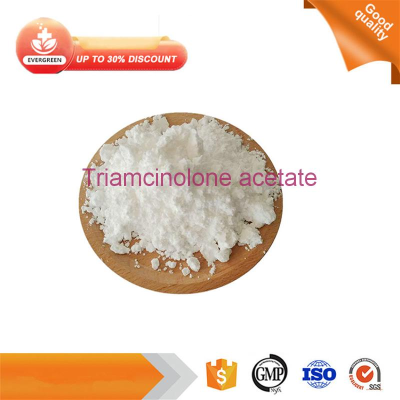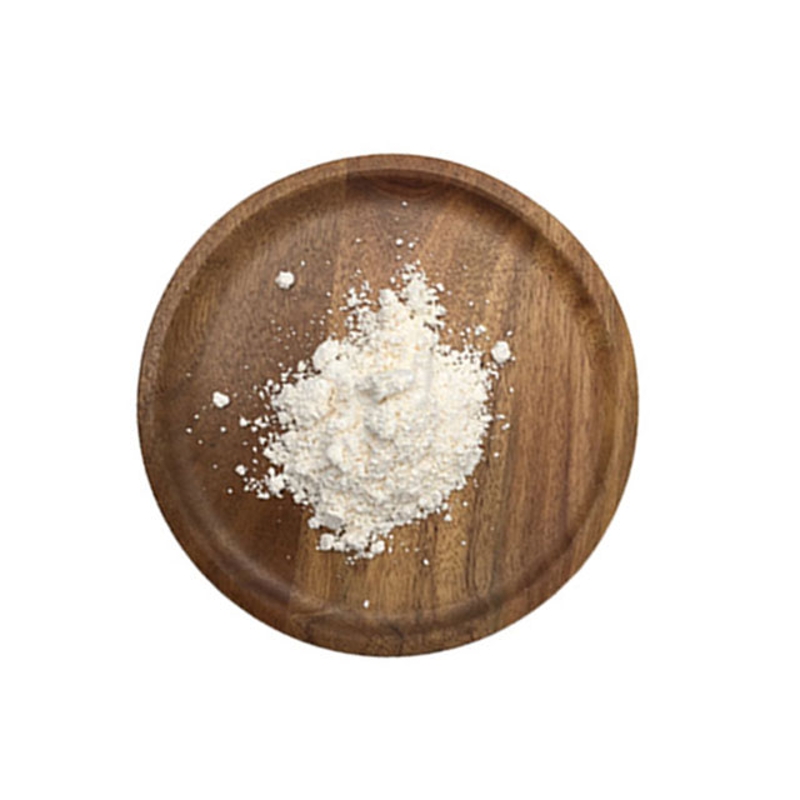-
Categories
-
Pharmaceutical Intermediates
-
Active Pharmaceutical Ingredients
-
Food Additives
- Industrial Coatings
- Agrochemicals
- Dyes and Pigments
- Surfactant
- Flavors and Fragrances
- Chemical Reagents
- Catalyst and Auxiliary
- Natural Products
- Inorganic Chemistry
-
Organic Chemistry
-
Biochemical Engineering
- Analytical Chemistry
- Cosmetic Ingredient
-
Pharmaceutical Intermediates
Promotion
ECHEMI Mall
Wholesale
Weekly Price
Exhibition
News
-
Trade Service
Anyone who knows "Romance of the Three Kingdoms" knows that Dian Wei was the first fierce general under Cao Cao, burly in appearance, strong in arms, good at making double iron halberds, and Cao Cao was recruited into battle when he confronted Lü Bu, and performed heroically, so he was worshipped as a captain
.
When Cao Cao was crusading against Lü Bu, according to Guo Jiaji, he attacked Lü Bu at night, and Lü Bu was defeated, but on the way back the army met Lü Bu's reinforcements, and the two sides fought fiercely, and Dian Wei bravely took the lead, wearing two layers of heavy armor and holding a double halberd, leading the dead to charge , Lü Bu's army fired arrows indiscriminately, ignored them all, and finally rushed out of a road
.
It was believed that the occurrence of type 2 diabetes was mainly attributed to the "Three Musketeers", that is, due to the abnormal function of three important organs and tissues of the body, including insulin secretion defects of islet β cells, decreased muscle glucose uptake and utilization, and increased
liver glycogen output.
With the deepening of understanding, more factors have been found to be involved in the occurrence of
diabetes.
The 2008 American Diabetes Association (ADA) annual meeting proposed to summarize the pathogenesis of diabetes as an "octet", in addition to the classic "Three Musketeers", it also involves lipid metabolism disorders, decreased incretinin effect, increased basal glucagon levels, renal glucose processing disorders, and neurotransmitter dysfunction
.
However, no matter how deeply understood, in the complex pathogenesis of diabetes, the reduction of insulin secretion and insulin sensitivity are the most critical links
that cannot be ignored 。 DeFronzo et al.
found that in the natural course of type 2 diabetes, insulin sensitivity first decreases, but its secretion compensates for increase, when insulin sensitivity further decreases, although the body's secretion of insulin increases, but can no longer reduce blood sugar to normal levels, as islet β cell function gradually fails, insulin secretion progressively decreases, so as to not meet the need
for hypoglycemia.
This suggests that insulin secretion defects determine the occurrence and progression of diabetes, and its and insulin sensitivity reduction are two central targets of diabetes treatment
.
Thiazolidinedione (TZD) is a large class of drugs that increase insulin sensitivity, mainly rosiglitazone and pioglitazone listed in China, but such drugs have suffered a series of safety doubts in recent years: rosiglitazone was suspended by the European Medicines Agency (EMA) in September last year due to cardiovascular risks, and the US Food and Drug Administration (FDA) and China also warned of its cardiovascular risks; Recent evidence that pioglitazone may slightly increase the risk of bladder cancer has caused concern in some regions and has even banned its further use
in some European institutions.
Faced with this situation, researchers began to consider whether to look for other drugs to increase insulin sensitivity
.
Insulin secretagogues can lower blood sugar by increasing insulin levels in the body, and the 2010 edition of the Chinese Guidelines for the Prevention and Treatment of Type 2 Diabetes listed them as the first-line drug
for diabetes treatment.
This class of drugs includes sulfonylureas and glitinides
.
Among them, sulfonylureas have been used in clinical practice for 50 years, and their efficacy and safety have been confirmed
by a large number of studies.
As a third-generation sulfonylurea with strong hypoglycemic effect, glimepiride (amoli ®) has shown encouraging clinical practical value
in many hypoglycemic drugs due to its clear efficacy and good safety, coupled with excellent sensitization effect.
Glimepiride is a sulfonylurea insulin secretagogue, which increases insulin levels by stimulating islet β cells, and its insulin secretion is glucose concentration-dependent, and can also promote phase I and phase II insulin secretion
at the same time.
More importantly, glimepiride can also activate the insulin receptor post-pathway through non-tyrosine kinase bypass, increasing the sensitivity of surrounding tissues to insulin and improving insulin resistance
.
In patients with type 2 diabetes, the glucose transport system in muscle and adipose tissue is often sensitized to insulin, resulting in reduced
glucose utilization.
Glucose transporter 4 (GLUT4) shift is an important step
in glucose utilization by muscle and adipose tissue.
Whether GLUT4 can be transferred from low-density microsomes in adipocytes to the serous membrane depends on its phosphorylation state, which allows it to move into the cell, and GLUT4 phosphorylation increases significantly during insulin resistance, and its displacement to the cell membrane surface decreases
.
Glimepiride can enhance glucose uptake by peripheral muscle and adipose tissue by inducing GLUT4 dephosphorylation, increasing its expression in cell membranes and increasing glucose transport (see figure).
【1】 Buse, J.
B.
, Wexler, D.
J.
, Tsapas, A.
, Rossing, P.
, Mingrone, G.
, Mathieu, C.
, D'Alessio, D.
A.
, & Davies, M.
J.
(2020).
2019 Update to: Management of Hyperglycemia in Type 2 Diabetes, 2018.
A Consensus Report by the American Diabetes Association (ADA) and the European Association for the Study of Diabetes (EASD).
Diabetes care, 43(2), 487–493.
https://doi.
org/10.
2337/dci19-0066
【2】 Ge Haisheng.
(2006).
Dual mechanism of action of glimepiride.
Friends of Diabetes (1), 1







